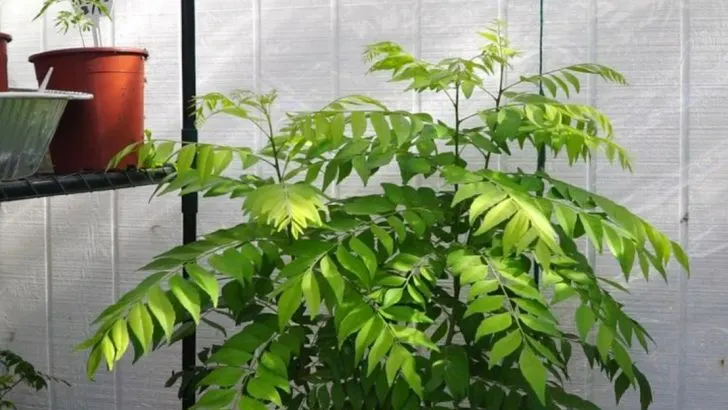The curry leaf plant is not just a plant. It’s the soul of a kitchen. One sniff of those glossy green leaves and suddenly, you’re hungry— for dal, for sambar, for that sizzling moment when the leaves hit hot oil and release pure magic. But keeping this little diva happy? That’s a whole journey. Snip it wrong, and it sulks. Forget to prune, and it stretches into a lanky mess. Try propagating it without the right know-how, and you’ll be staring at a pot of regret. This isn’t your average houseplant. It’s a tropical drama queen with flavor-packed dreams. But with a few smart tricks, you can keep it lush, bushy, and bursting with life year after year. We’ve got 15 sharp, no-nonsense tips to help you grow, cut, and harvest like a pro— and keep your curry game strong.
Selecting the Right Soil
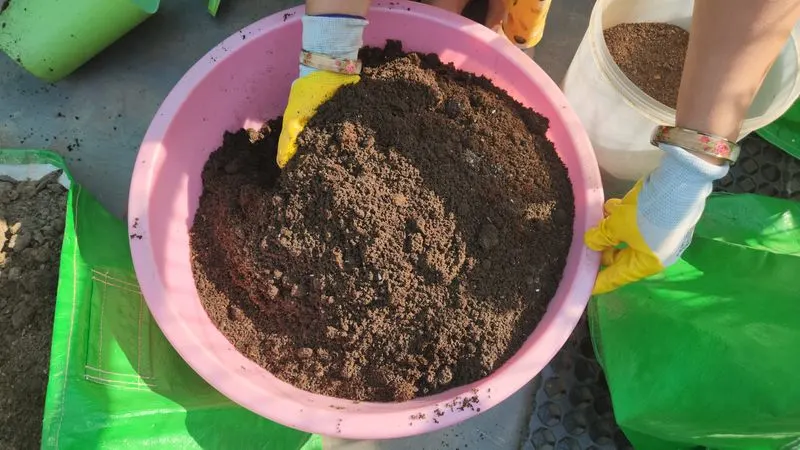
The foundation of any healthy plant begins with the right soil. For curry leaf plants, selecting well-drained soil is crucial. These plants thrive in slightly acidic, sandy loam that’s rich in organic matter. A gardener once shared how adding compost improved their plant’s growth dramatically. Ensure the soil is not waterlogged, as this can lead to root rot. Instead, aim for a balance that retains moisture yet drains excess water efficiently. Regularly check the soil’s pH to keep it within the ideal range. A little attention to soil quality can make all the difference.
Understanding Propagation Methods
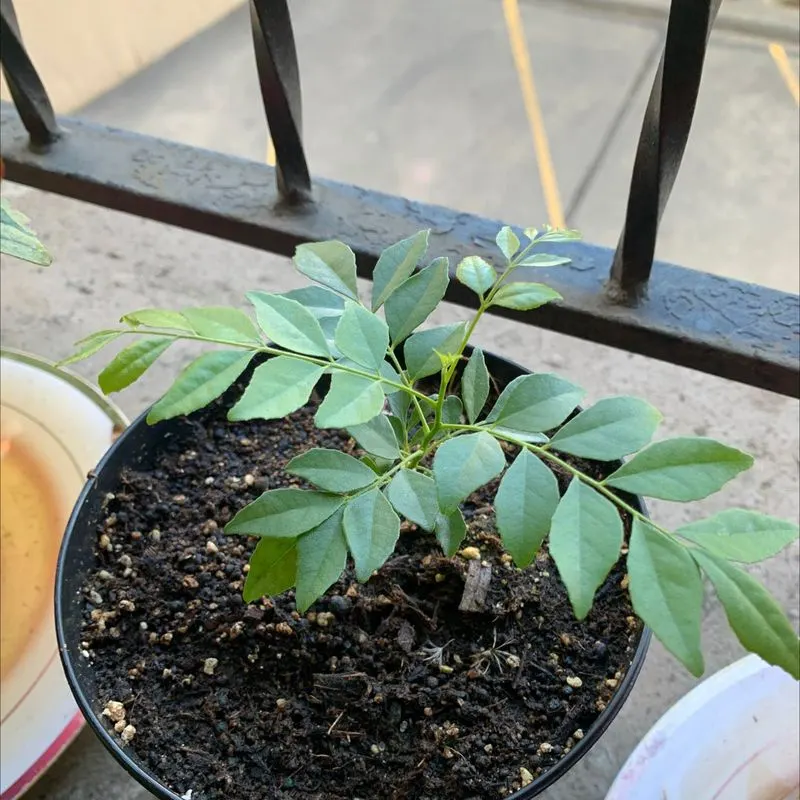
Propagation of curry leaf plants can be as rewarding as it is fascinating. Methods like seed propagation, stem cutting, and air layering each offer unique advantages. A gardening enthusiast recalls trying air layering, a method that involved wrapping a moist medium around a branch to encourage root growth. The excitement of seeing new roots develop is unmatched. Each method requires patience but yields rewarding results. Whether you’re a novice or expert, experimenting with propagation can be a fulfilling endeavor. Each method provides an opportunity to learn and grow alongside your plant.
Optimal Watering Techniques
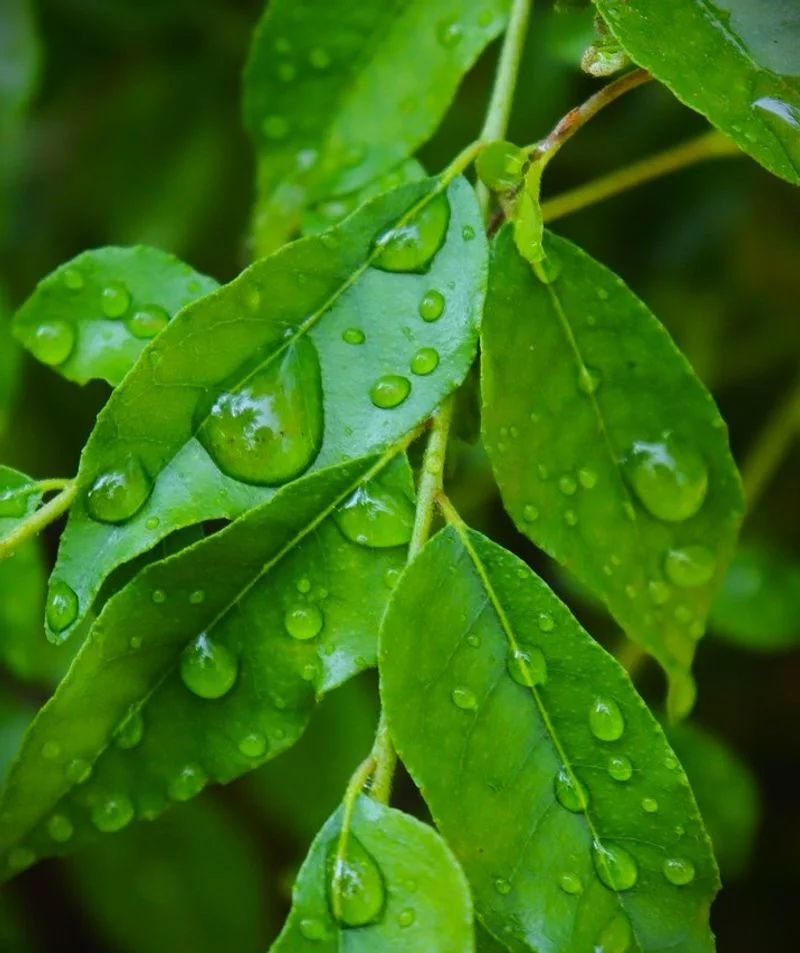
Watering can be an art when it comes to curry leaf plants. They prefer consistent moisture without being waterlogged. Picture a gardener meticulously timing their watering schedule, ensuring the soil remains moist but not soggy. Over-watering can lead to yellow leaves, a sign of distress. In contrast, under-watering might cause wilting. Keep an eye on the weather, as changes can affect how often you need to water. During dry spells, increased watering may be necessary. Learning the art of watering will keep your plant thriving and healthy throughout the seasons.
Pruning for Growth

Pruning isn’t just about aesthetics; it’s vital for the health of your curry leaf plant. An elderly gardener shares the joy of shaping their plant, cutting back overgrown branches to promote lush growth. Pruning helps in removing diseased or dead wood, ensuring better air circulation. The process might seem daunting initially, but with practice, one gains confidence. Regular pruning encourages the plant to bush out more, leading to a more productive harvest. Remember, the best time to prune is during the growing season, when the plant rebounds quickly.
Ideal Climate Conditions
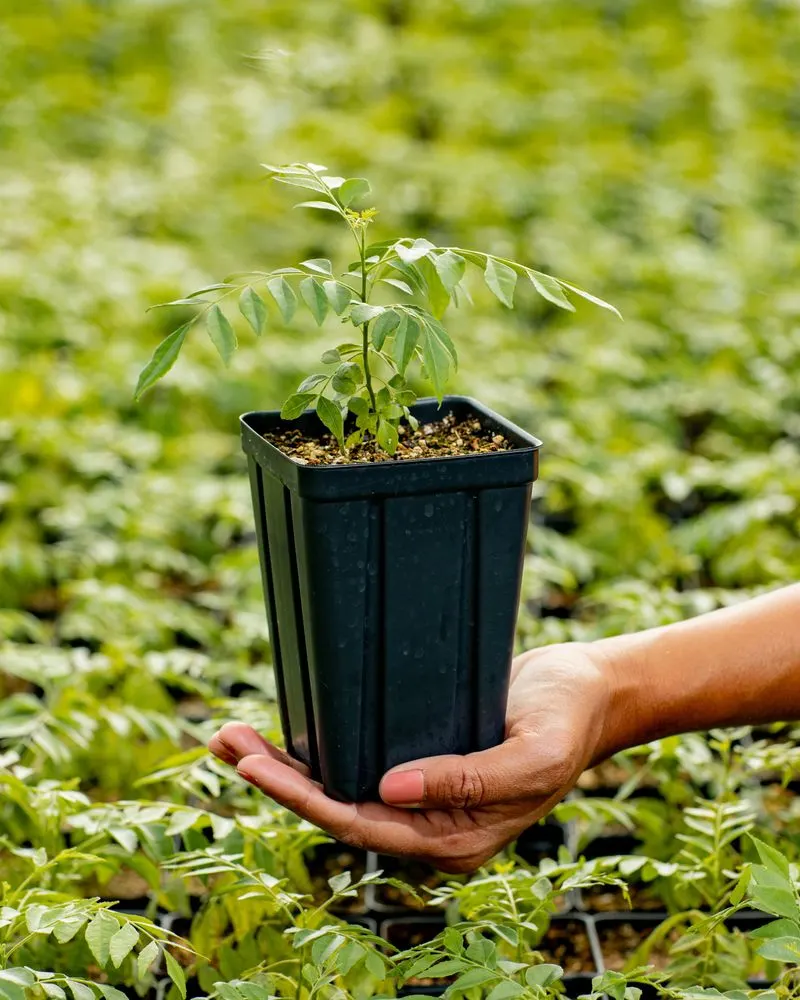
Curry leaf plants flourish in warm, tropical climates. Imagine a garden basking in dappled sunlight, where the temperature ranges between 20-30°C. They require a good amount of sunlight but can tolerate partial shade. A gardener reminisces about moving their plant indoors during colder months to protect it from frost. Understanding your local climate conditions can be key to successfully growing these plants. In regions with harsh winters, consider potting them for easy relocation. Adaptation is essential, and knowing your environment ensures a hearty, resilient plant.
Fertilization Tips
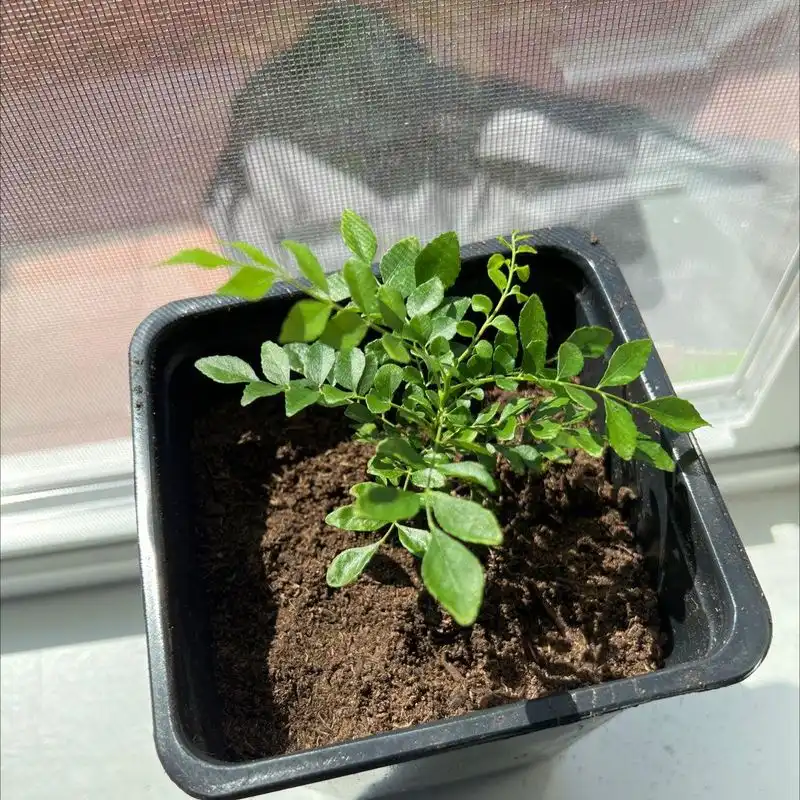
Feeding your curry leaf plant with the right nutrients promotes vigorous growth. A young gardener enthusiastically shares how using organic fertilizers like fish emulsion and seaweed extract transformed their plant’s health. Apply fertilizers during the growing season for optimal results. Over-fertilizing can be detrimental, so moderation is key. A balanced, slow-release fertilizer works best, providing essential nutrients throughout the season. Observing leaf color can indicate nutritional needs; deep green leaves often signal a well-fed plant. Proper fertilization ensures a thriving, productive curry leaf plant.
Pest Management Strategies
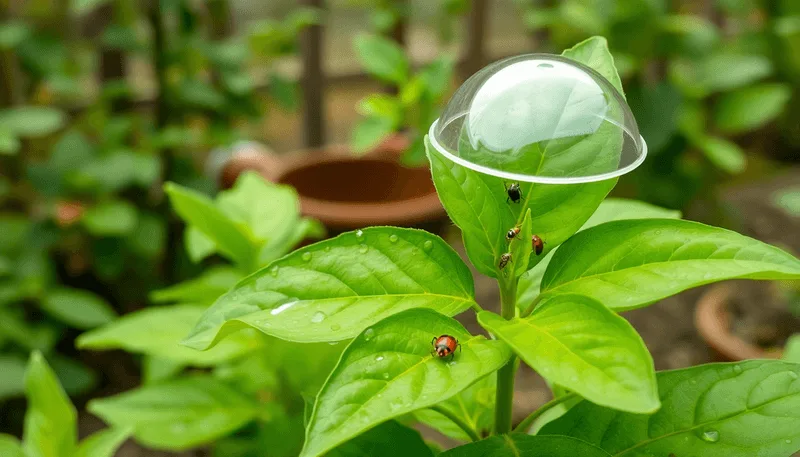
Pests can be a gardener’s nemesis, but they needn’t be for your curry leaf plant. A gardener recounts battling aphids using organic methods like neem oil. Regularly inspecting the plant for signs of infestation is crucial. Early detection allows for prompt action, preventing extensive damage. Introducing beneficial insects like ladybugs can be a natural way to control pest populations. Maintain plant health through good cultivation practices to reduce vulnerability. A combination of vigilance and natural remedies keeps your plant pest-free, ensuring a bountiful harvest year-round.
Harvesting Techniques
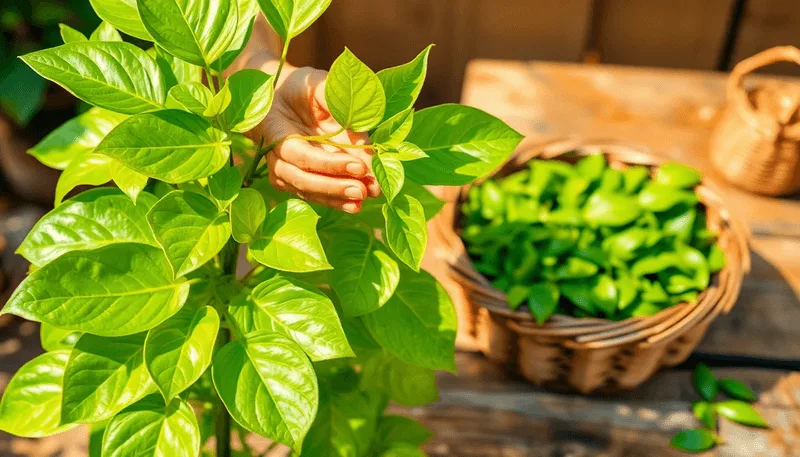
When it comes to harvesting, the right technique can make a significant difference. A middle-aged gardener shares the joy of picking fresh curry leaves, ensuring minimal damage to the plant. Harvest in the morning when the leaves are most hydrated. Use sharp scissors or your hand to gently pluck mature leaves. Avoid stripping entire branches to encourage continuous growth. Harvesting regularly stimulates the plant to produce more foliage. The aroma of freshly picked leaves is unmatched, adding a fresh, vibrant flavor to your culinary creations.
Container Gardening Tips

Container gardening offers flexibility, especially for those with limited space. Picture a patio adorned with potted curry leaf plants, thriving in well-draining containers. A gardener finds joy in moving the pots to capture optimal sunlight. Ensure containers have drainage holes to prevent waterlogging. Potting mix should be lightweight, maintaining moisture without becoming soggy. Regular repotting invigorates growth by providing fresh nutrients. Container gardening allows for easy relocation during seasonal changes, offering protection from harsh weather. It’s a convenient approach to enjoy fresh curry leaves year-round.
Dealing with Transplant Shock
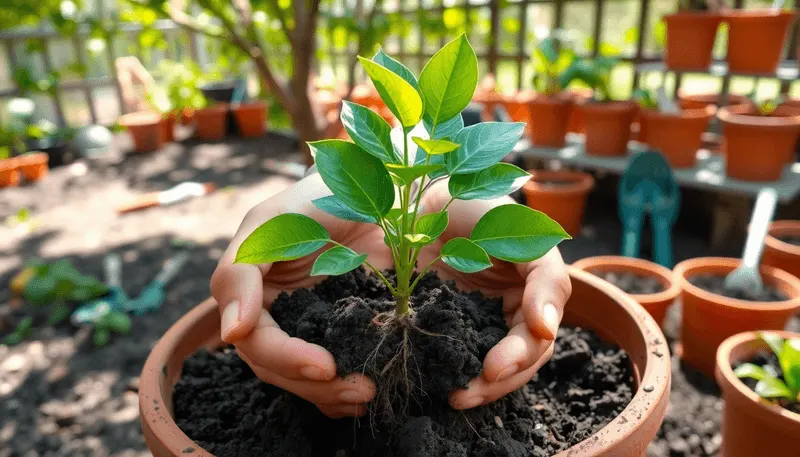
Transplanting can stress curry leaf plants, leading to transplant shock. A young gardener fondly recalls easing their plant through the transition by handling roots gently. Minimize disturbance by keeping the root ball intact. Water the plant thoroughly before and after moving it to reduce stress. Choose a cloudy day for transplanting, lessening exposure to harsh sunlight. Patience is essential as the plant adjusts to its new environment. Gradually increase sunlight exposure to avoid shock. With care, your plant will thrive, quickly settling into its new home, ready to flourish.
Seasonal Care Practices
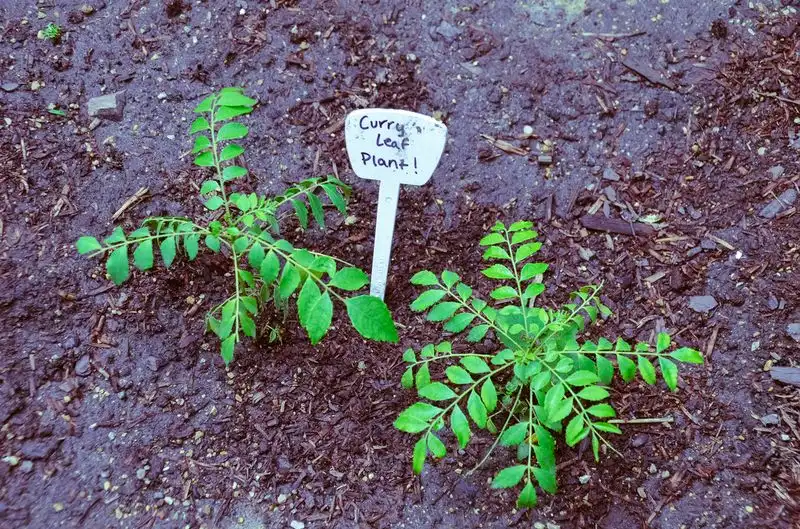
Seasonal changes call for specific care practices to keep curry leaf plants thriving. Imagine a gardener adjusting a shade cloth during scorching summer days. Providing shade helps prevent leaf burn. As temperatures drop, consider moving plants indoors or using frost cloths to protect them from cold. Regularly check for pests that become more active in certain seasons. Modify watering schedules according to climate conditions. These adjustments ensure the plant remains healthy throughout the year. Seasonal care might seem laborious, but it ensures your plant’s resilience and productivity.
Using Mulch for Moisture Control
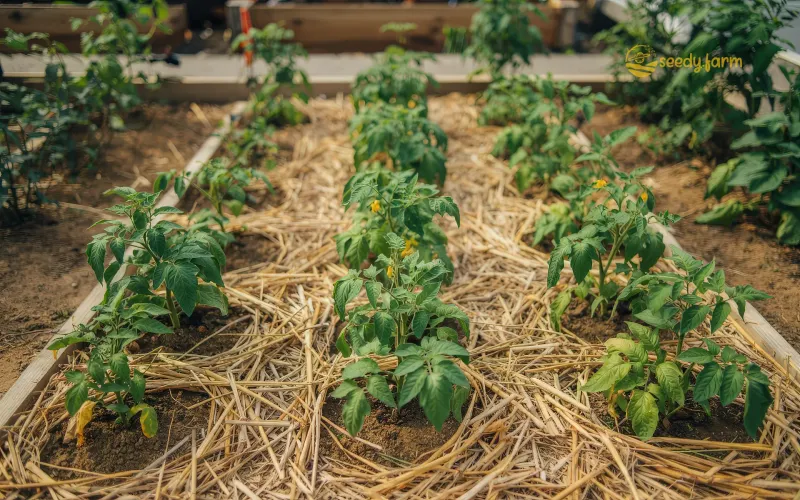
Mulching around curry leaf plants conserves moisture and controls weeds. Picture a gardener spreading an even layer of mulch, creating a tidy garden bed. Organic mulch, like straw or bark, decomposes over time, enriching the soil. It helps maintain soil temperature, crucial during extreme weather. A layer of mulch reduces evaporation, keeping roots hydrated. Mulch also prevents weed growth, minimizing competition for nutrients. Regularly replenish mulch to maintain its benefits. It’s a simple yet effective practice for a thriving garden, enhancing both the plant’s health and the garden’s aesthetics.
Recognizing Nutrient Deficiencies
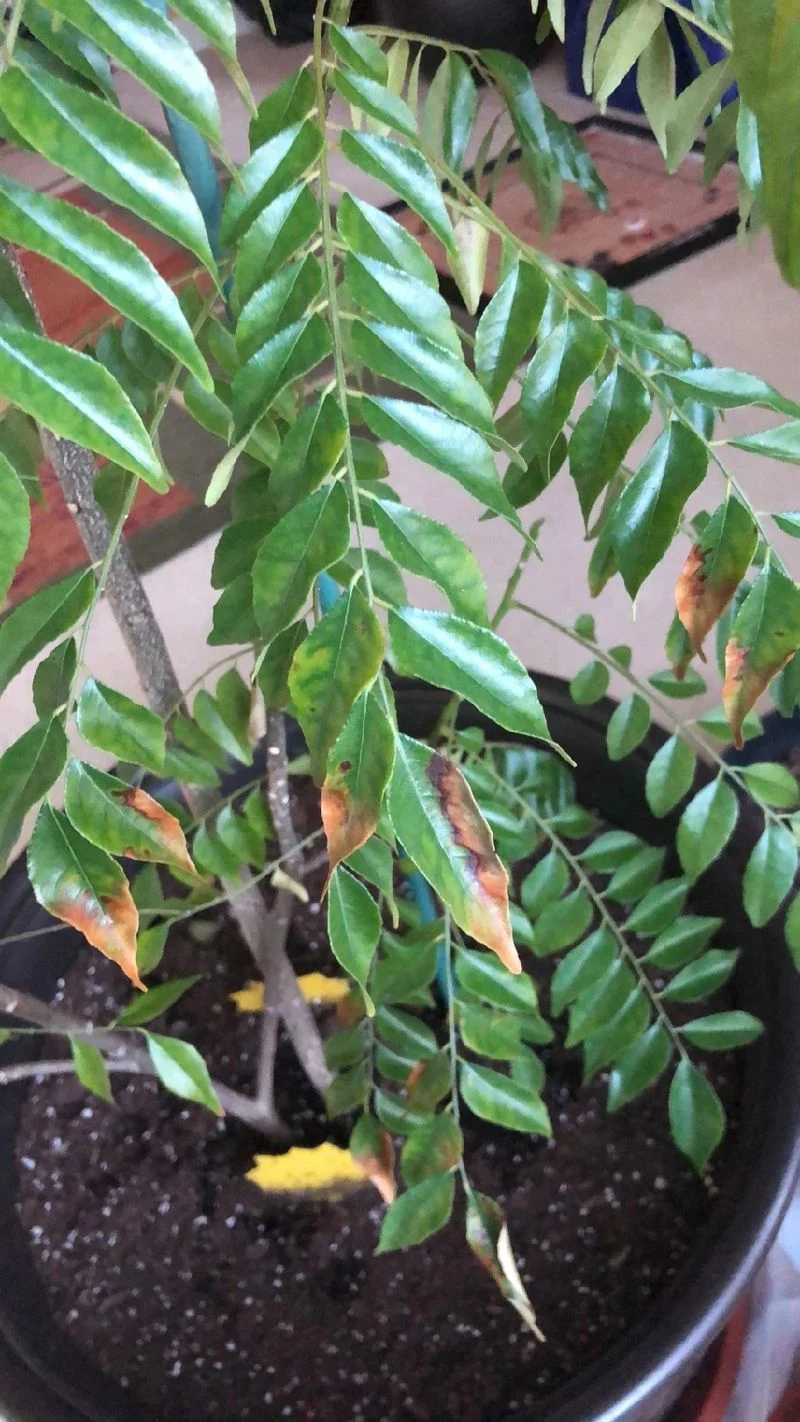
Identifying nutrient deficiencies in curry leaf plants is crucial for addressing health issues. Imagine a gardener scrutinizing leaf color and texture, looking for signs like yellowing or curling. These symptoms often indicate a lack of essential nutrients. For instance, yellow leaves might suggest nitrogen deficiency, while purple hues could point to phosphorus shortage. Conduct soil tests to confirm suspicions and tailor fertilization accordingly. Timely intervention can restore plant health, resulting in lush, vibrant foliage. Understanding deficiencies enables proactive care, ensuring your curry leaf plant remains robust and productive.
Training and Supporting Plants
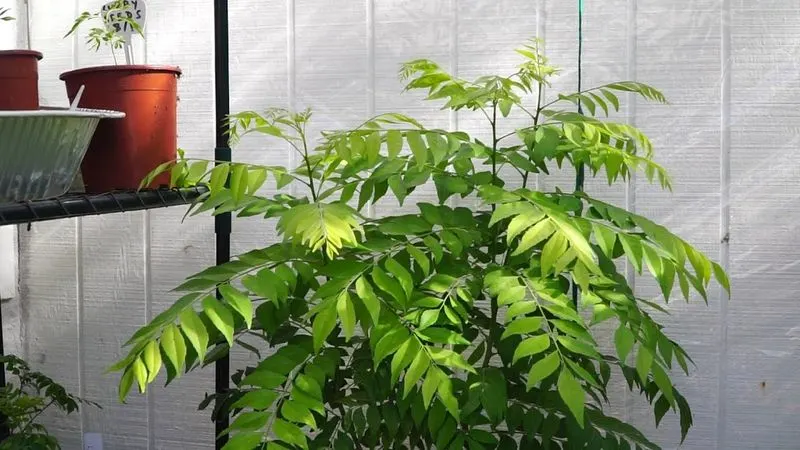
Training curry leaf plants ensures sturdy, upright growth. Picture a gardener carefully tying branches to stakes, providing support as the plant reaches for the sky. This method prevents branches from sprawling and encourages a bushy structure. Regular training helps improve air circulation and light penetration. A well-supported plant is less prone to breakage and can withstand harsh weather conditions. Occasionally adjusting the ties ensures the plant isn’t constricted as it grows. Training might seem tedious, but it enhances the plant’s overall form and productivity, rewarding you with abundant, aromatic leaves.
Creating a Companion Planting Strategy
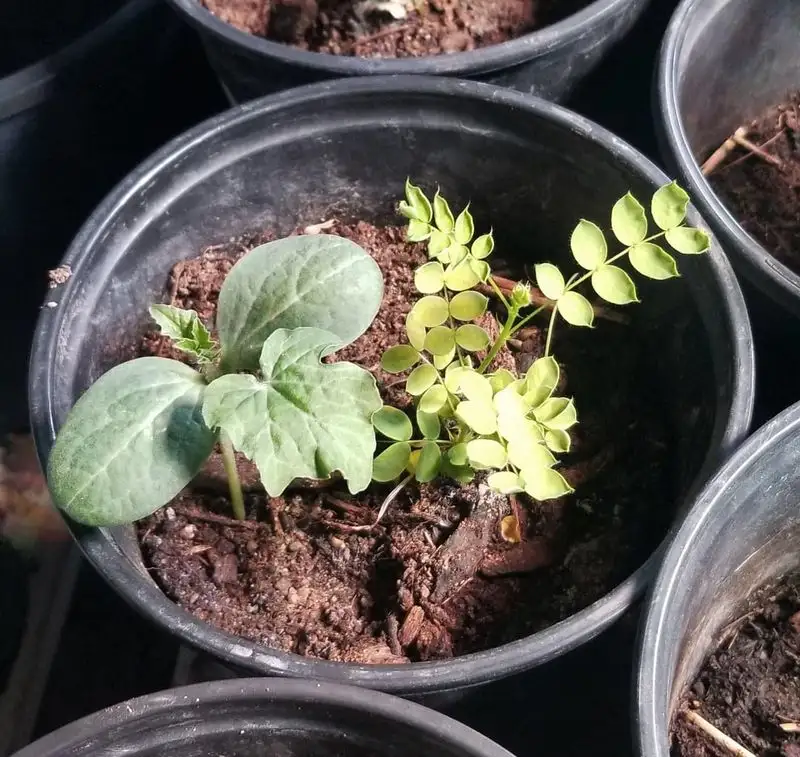
Companion planting enhances the growth and health of curry leaf plants. Visualize a garden bed where curry leaf plants coexist with herbs like basil and mint. This synergy repels pests and enhances flavor profiles. A gardener observes how companion plants improve soil health by fixing nitrogen. This practice not only saves space but also maximizes yield. The interplay between different plants creates a balanced ecosystem. Experimenting with companion planting can lead to delightful discoveries, enriching both the garden’s diversity and your culinary creations. It’s a holistic approach to gardening success.

